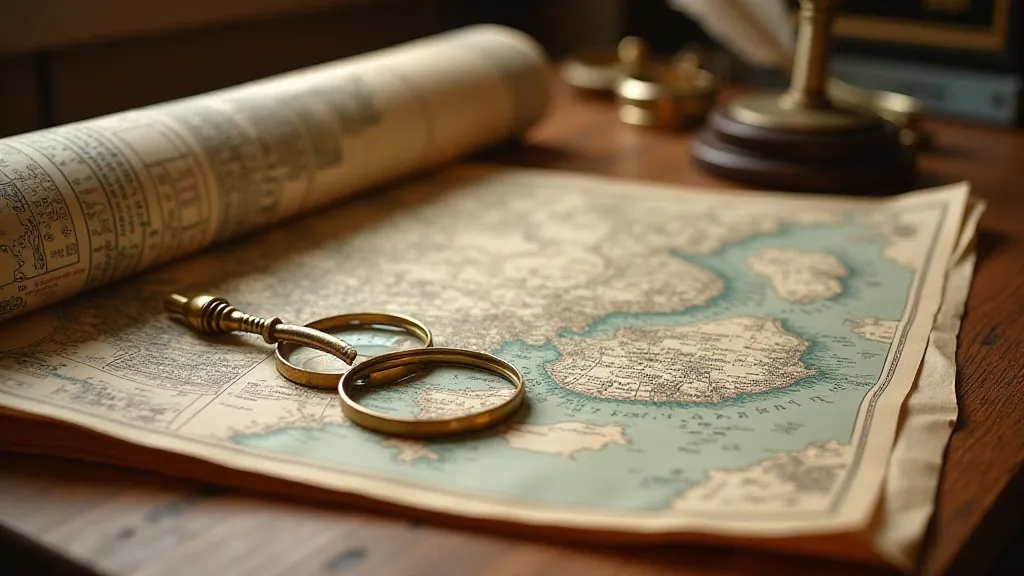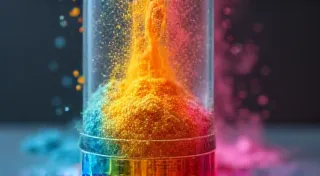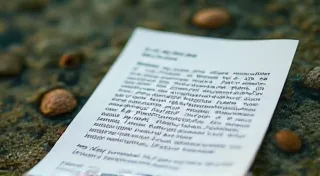The Atlas's Breath: Understanding Paper Degradation and its Mitigation
There's a peculiar intimacy one develops when working with antique maps. It's more than just handling fragile paper; it’s touching a whisper of history, feeling the weight of decisions made centuries ago. Each crease, each faded ink line, tells a story – of explorers charting unknown territories, of merchants conducting trade across vast oceans, of cartographers painstakingly transferring knowledge onto parchment. But that breath of history, that vital essence of the map, is often threatened by the very passage of time.
I remember my first significant restoration project: a 17th-century nautical chart of the Dutch East Indies. The paper was brittle, darkened by age, and riddled with tiny holes. The owner, a retired sea captain, inherited it from his grandfather, a passionate collector. He's a man who understands the deep connection one can have with objects that link us to our ancestors. He’s held this map in his hands since he was a boy. As I gently unfolded it, a small fragment crumbled in my fingers – a heart-wrenching moment that underscored the vulnerability of these historical treasures. That fragment, that loss, spurred me to understand the science behind paper degradation and the methods to mitigate it, preserving what remained for future generations.
The Science of Decay: Acid's Unseen Assault
The primary culprit in the deterioration of antique maps is often acid. Historically, paper was commonly made with lower-quality materials – linen rags that contained acid-causing impurities, or even wood pulp treated with acidic sizing agents to improve printability. Over time, this acid migrates throughout the paper fibers, weakening them and accelerating decay. This process is exacerbated by exposure to pollutants in the air, light, and improper storage conditions. You're not just seeing age; you’re witnessing a chemical reaction slowly destroying the document.
This acid-induced damage manifests in several ways. The paper becomes brittle, prone to cracking and tearing. Ink can bleed, blurring the cartographic details. The paper turns yellow or brown, obscuring the original colors. These changes aren’t merely aesthetic; they represent a fundamental weakening of the paper’s structure.
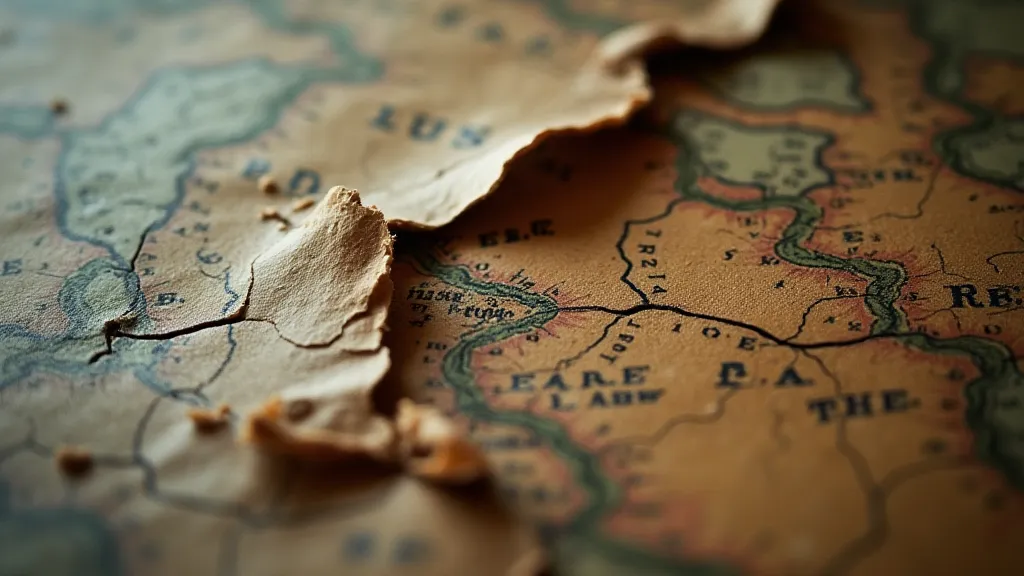
Preventative Conservation: The First Line of Defense
The best approach to preserving antique maps is prevention. A proactive strategy significantly reduces the need for invasive restoration procedures. Proper archival storage is paramount. Maps should be stored flat, ideally in acid-free folders and boxes. These materials neutralize any residual acid and provide a stable environment.
Environmental controls also play a crucial role. Relative humidity and temperature should be kept stable. Fluctuations can cause the paper to expand and contract, contributing to cracking and warping. Exposure to light, particularly ultraviolet (UV) light, should be minimized. UV light accelerates the breakdown of paper fibers and fades inks. Displaying maps behind UV-filtering glass is a good practice for those wanting to showcase them.
Regular inspection is also key. Catching early signs of degradation – slight discoloration, minor cracking – allows for timely intervention before the damage becomes irreversible. A conservator can advise on specific preventative measures tailored to the map’s condition and historical context.
Deacidification: Neutralizing the Acidic Threat
When preventative measures aren't enough, or when a map is already significantly damaged, deacidification can offer a viable solution. This process involves chemically neutralizing the acid within the paper fibers. Several deacidification techniques exist, ranging from aqueous treatments (applying a neutral solution to the paper) to non-aqueous methods (using organic solvents). Each method has its own advantages and disadvantages, and the choice depends on the map's condition, ink type, and overall fragility.
Aqueous deacidification is relatively common, but it carries the risk of ink bleeding or paper distortion. Non-aqueous methods are gentler but can be more complex and expensive. In either case, the process must be carried out by a trained professional who understands the chemical interactions involved. Improper deacidification can do more harm than good.
Paper Repair: Mending Tears and Rejoining Fragments
Tears and losses are unfortunately common in antique maps. Paper repair aims to consolidate weakened areas, mend tears, and reattach fragments. This is a delicate process that requires specialized materials and techniques. Historically, Japanese paper – known for its strength and flexibility – has been a preferred choice for repair patches. The patches are adhered using archival-quality adhesives that are reversible, allowing for future conservation efforts.
The repair process isn’t about making the map look pristine; it’s about stabilizing it and preventing further deterioration. The repairs should be as unobtrusive as possible, allowing the map’s original character and historical significance to remain visible. A skilled conservator strives to make the repairs as invisible as possible, respecting the map's history and integrity.
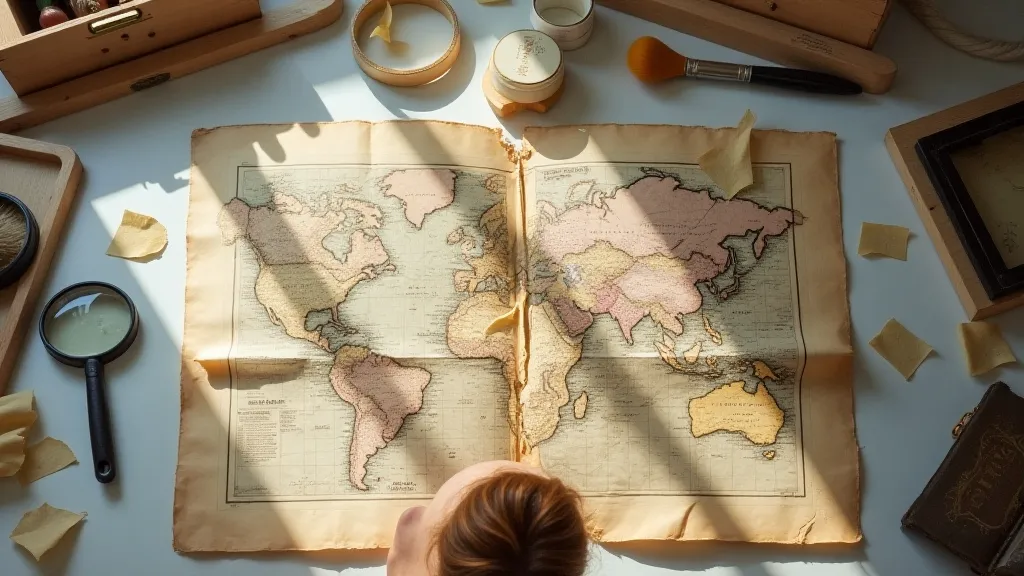
Dating and Identification: Unraveling the Narrative
Understanding the history of a map is just as important as preserving its physical condition. Map dating methods can help determine its age and origin, providing valuable context for its historical significance. Cartographic features, printing techniques, and the presence of specific place names can all provide clues. Comparing the map to other known examples and researching the cartographer’s life and work can help refine the dating.
Identifying the map’s original purpose and intended audience can also shed light on its historical context. Was it a navigational chart used by sailors, a decorative wall hanging for a wealthy merchant, or a scientific illustration for a learned society? This understanding enriches the appreciation for the map and its place in history.
The Enduring Legacy: More Than Just Paper and Ink
Working with antique maps is a privilege. It’s a connection to the past, a responsibility to preserve cultural heritage. Each map is more than just paper and ink; it's a testament to human exploration, ingenuity, and the enduring quest for knowledge. By understanding the science of paper degradation and employing appropriate conservation techniques, we can ensure that these invaluable treasures continue to inspire and inform generations to come. The atlas's breath, once threatened, can be sustained, allowing its silent narrative to resonate through time.
